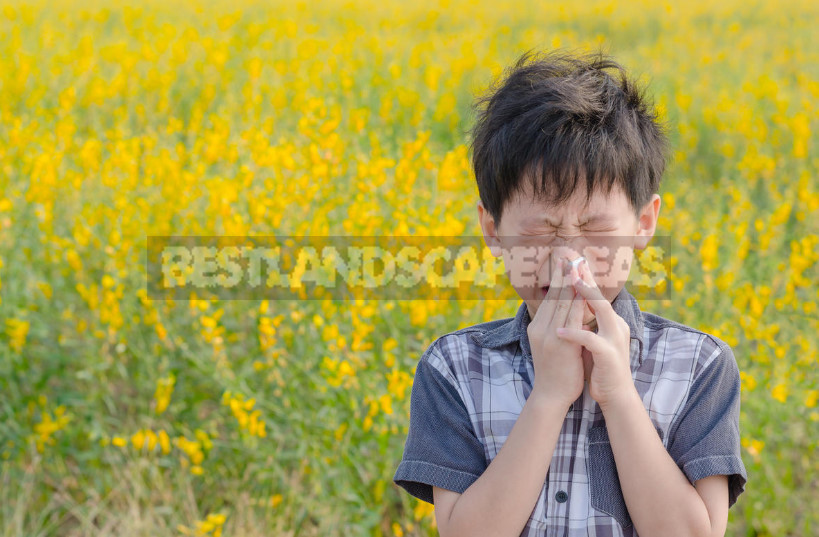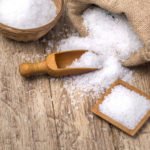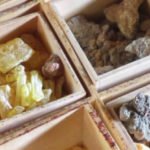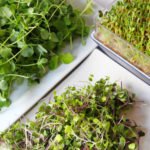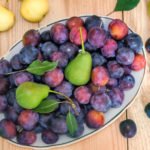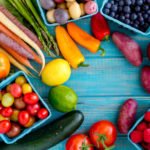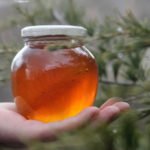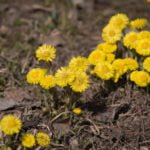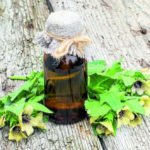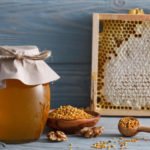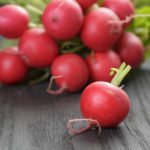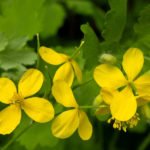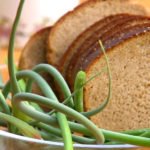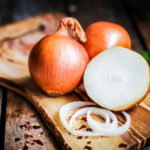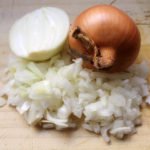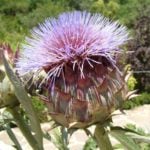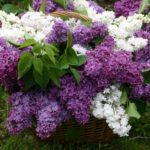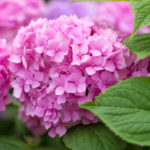Spring and summer – a joyful time, but, alas, not for everyone. After all, these periods are regarded by doctors as the most dangerous for Allergy sufferers. The risk zone includes summer residents who generally spend a lot of time in nature. They protect themselves from allergies to pollen, called Pollinosis, the most difficult.
What kind of disease is this
Pollinosis is also known as hay fever or seasonal allergies. This disease develops in people suffering from excessive immune response to pollen of various plants.
According to the doctor, the first signs of hay fever appear in childhood. The disease is characterized by a cyclic course. This means that as soon as there is contact with the allergen (at certain times of the year), the symptoms worsen. If there is no allergen, then there are no signs of the disease.
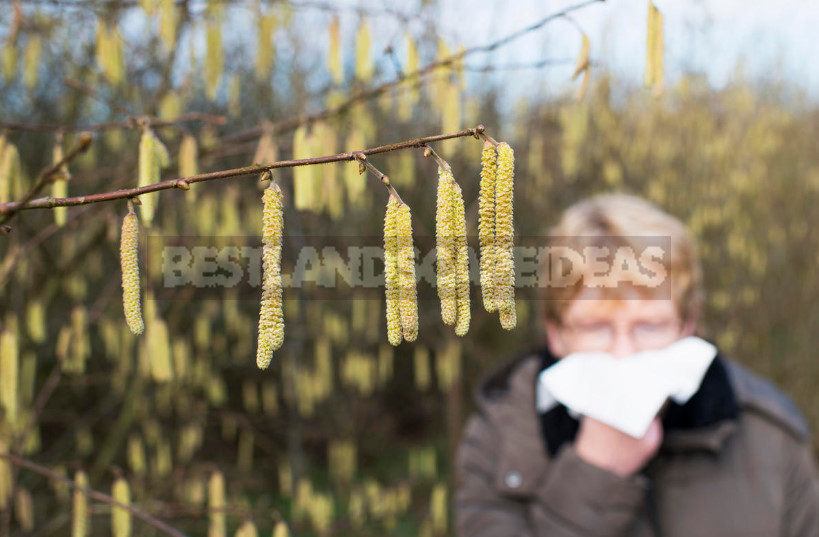
Hay fever has a genetic predisposition. It is believed that if both parents in the family suffer from this disease, he is likely to 50% of it will be subject to the child. More often, according to statistics, hay fever affects women. At the same time, the development of unpleasant symptoms in rural areas is less common than in urban areas.
What plants are most often cause hay fever
Many summer residents, having heard that they have pollinosis, are seriously frightened. This is not surprising, because there are hundreds of thousands of plants that are able to release pollen into the environment! How in such a variety to determine what exactly developed allergies? It’s easier than it looks.
Studies have shown that only about 50 species of plants can cause sensitization (allergic reaction). These data allowed scientists and doctors to develop a useful hint for Allergy sufferers — flowering calendar. Based on it, you can significantly narrow down the search when figuring out the true cause of hay fever.
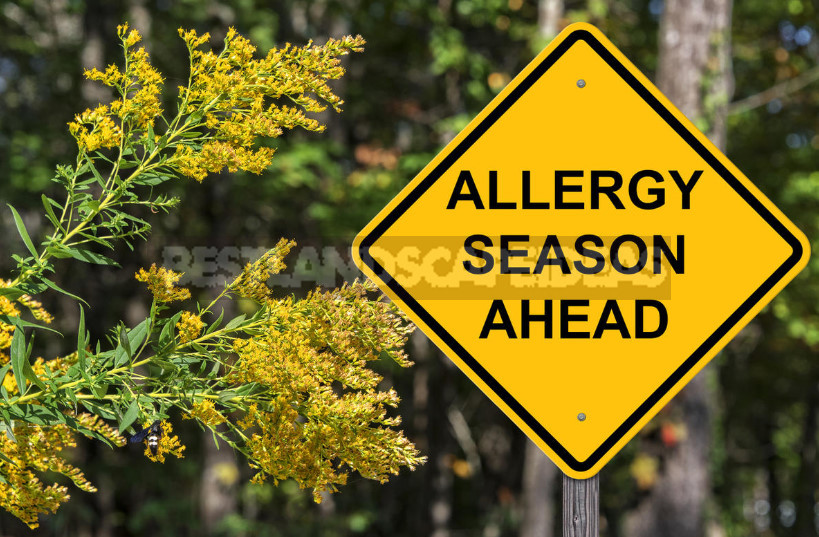
In total, the calendar of flowering has three peaks, each of which accounts for an exacerbation of hay fever in certain patients.
- The first peak
It is in the period from April to may. During this period, maple, oak, walnut, poplar, birch, and some other woody plants bloom.
- The second peak
It is celebrated from June to August. At this time, the flowering of cereals, which include corn, rye and others. There are a lot of cereal plants!
- Third peak
Falls in autumn and occupies the whole of September, rarely the beginning of October. At this time, blooming weeds, such as sagebrush, saltbush, ragweed, and others. It is believed that the third peak causes the most severe allergic reactions.
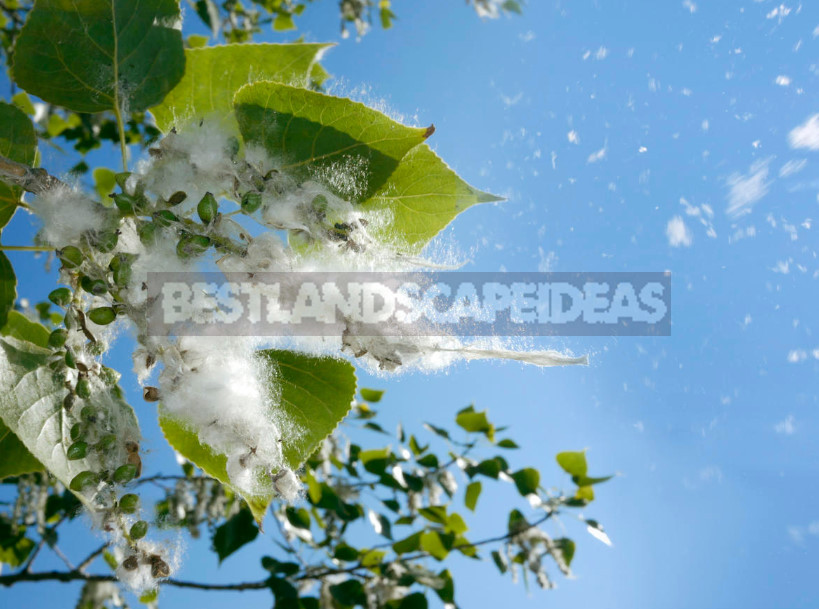
Interesting fact
Many people, noticing in June a large number of poplar fluff on the streets, associate their Allergy with it. In fact, poplar fluff is a rather weak allergen. Much more often the reason lies in the pollen of cereal plants.
Symptom of disease
Pollinosis is a disease with typical allergic symptoms. It develops in two stages.
- First-stage
A characteristic symptom of hay fever in the first stage — itching. Frequent localization: nose, ears, trachea, pharynx. There is also swelling of the face, especially the eyelids. The eye slits narrow, the eyelids become heavy, hanging over the eyes. Often there is a feeling that the face is burning; skin while blushing.
Many patients have attacks of continuous sneezing. Nose in this case can stand a large amount of mucus without any admixture of blood or pus. Often there is a complaint of pain in the eyes, photophobia, watery eyes; some feel as if sand has got into the eyes.
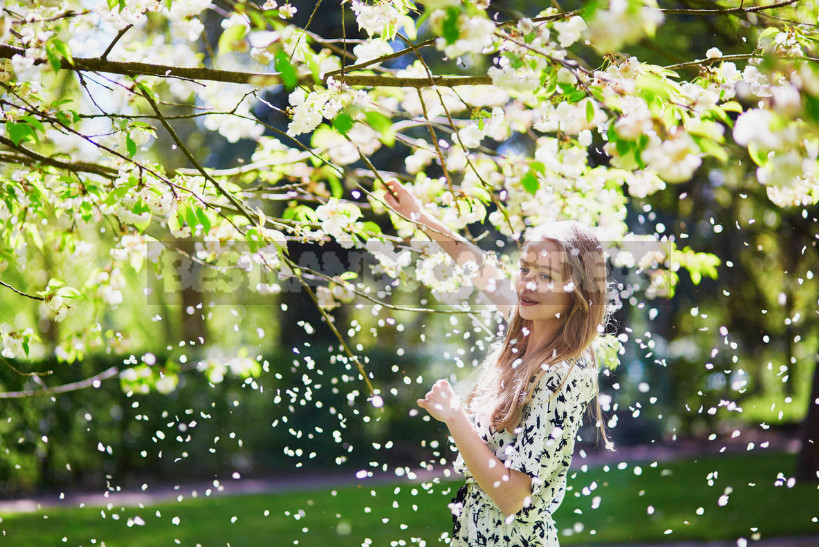
- Second stage
The second stage of pollinosis replaces the first on average 6-8 hours after contact with the allergen. Inflammation increases. Lacrimation is replaced by pus. A number of patients develop breathing problems due to an asthmatic attack. Skin symptoms appear. In severe cases, possible angioedema.
There is also the concept of a pollen intoxication. A person in this case may complain of severe fatigue, attacks of irritability, lack of appetite. If the pollen enters the body with food, perhaps a stool disorder, nausea, vomiting.
How to help a person with pollinosis
Hay fever – a disease which requires treatment. Special attention should be paid to people working outdoors. Summer residents are among them!
Treatment of the disease begins with a visit to the doctor — he establishes an allergen, which developed a specific reaction, and then selects the drugs for treatment. Often, patients are advised to interrupt contact with the provoking factor, changing the climatic zone for the flowering period, if possible.
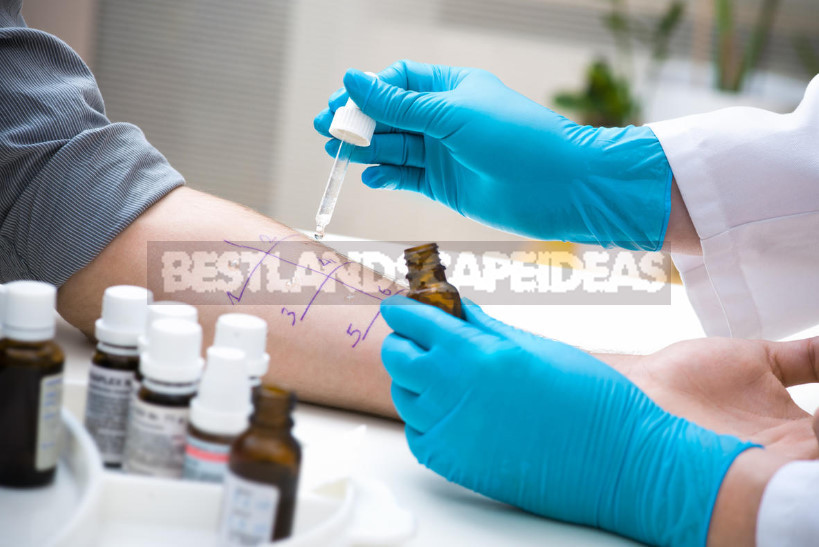
Of the drugs can be recommended:
- antihistamine-type drugs that are taken orally ;
- vasoconstrictor drugs that stop the secretion of mucus from the nose, eliminating problems with nasal breathing;
- eye drops that help to cope with the symptoms of conjunctivitis;
- some doctors recommend instilled in the eye albasiny solution to avoid infection;
- if pollinosis is accompanied by an attack of bronchial asthma, it is necessary to use drugs from the group of bronchodilators.
If pollinosis is severe, treatment with drugs from the group of glucocorticosteroids is used. Most often, local funds are prescribed for instillation in the nose, inhalers to prevent bronchial asthma attacks.

The use of allergenspecific immunotherapy is considered to be one of the most effective solutions to the problem of hay fever. During this procedure, the patient is gradually administered increasing doses of a substance that provokes a negative reaction; this reduces the sensitivity to the effects of the allergen to a minimum. Additionally recommended diet, strengthening the immune system.
In the treatment of children, the same means are used as in the treatment of adult patients. Dosage of drugs and the multiplicity of their use in each case, the doctor chooses individually.
Methods of disease prevention
Unfortunately, it is impossible to get rid of hay fever completely. However, anyone can take a number of measures that will reduce the likelihood of encountering an allergen.
Those who are prone to allergic reactions should listen to the following recommendations:
- if possible, change the climatic zone for the flowering period of the plant-provocateur;
- to refuse visits to nature at a time when the allergen blooms;
- ventilation is carried out only in wet weather without wind, and if you can not do without ventilation, then it is desirable to hang a wet cloth on the window to reduce the number of allergens entering the apartment;
- after visiting the street it is useful to rinse in the shower to wash off the pollen on the skin;
- washing the eyes and gargling several times a day during peak periods will help to reduce the amount of allergen entering the body;
- we need to avoid drying clothes on the street, that they are not settled pollen.
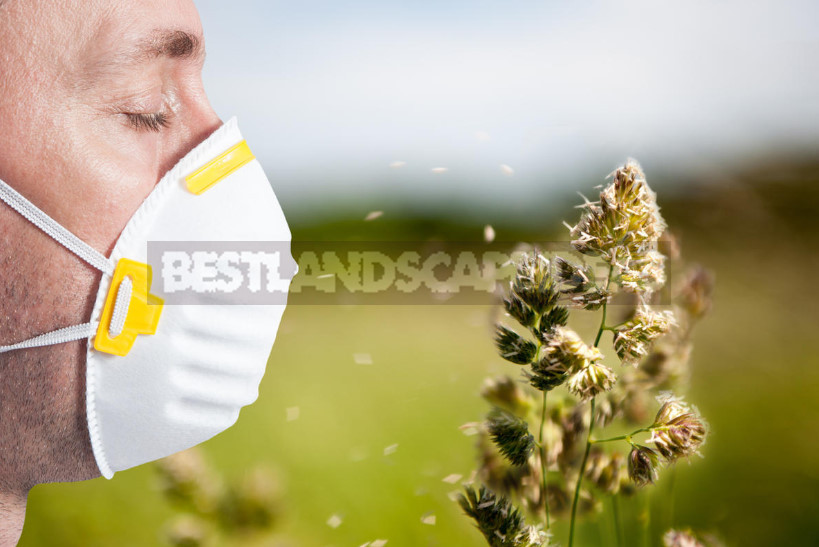
Pollinosis is a disease that can significantly complicate the life of any person, especially a summer resident. However, now that medicine is moving forward, there are opportunities to keep the disease under control. The main thing is to visit a doctor in a timely manner and choose the appropriate treatment.
